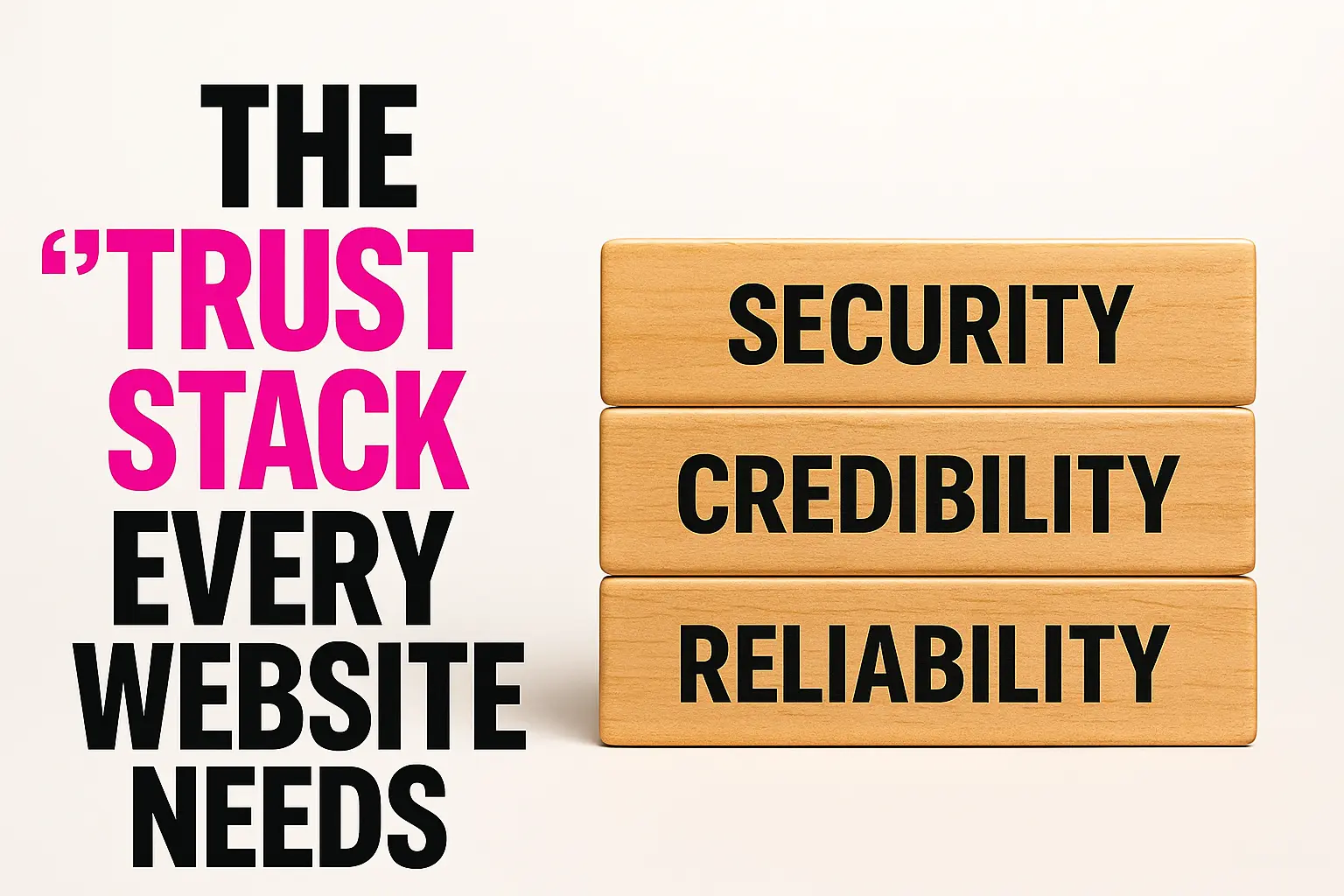

You wouldn’t buy sushi from a gas station without checking the reviews first, right?
Neither would your customers.
When people land on your site, they’re asking one silent, brutal question:
“Can I trust you enough to give you my credit card?”
Social proof isn’t a “nice-to-have.” It’s the conversion steroid that turns skeptical browsers into confident buyers.
Humans are hardwired for herd behavior.
If everyone else is doing something, it must be safe… or at least worth trying.
That’s why:
Your buyers are doing the same with your brand — often in the first 7 seconds of visiting your site.

Think of trust like building Jenga — stack enough pieces and you win. Miss a piece, and it collapses.
Here’s your Trust Stack:
Let’s say your current landing page converts at 2%.
Adding clear, visible testimonials above the fold can bump that to 3–4%.
That’s not just numbers — that’s 50–100% more customers without spending another cent on ads.

If your testimonials sound like they were written by a robot, they’re doing nothing for you.
Specificity sells. Generic is invisible.
Your Takeaway
People don’t believe marketing claims. They believe other people.
Social proof isn’t decoration — it’s the most persuasive sales tool you’ll ever have.
If your site doesn’t scream “People love working with us,” then you’re making strangers trust your competition instead.